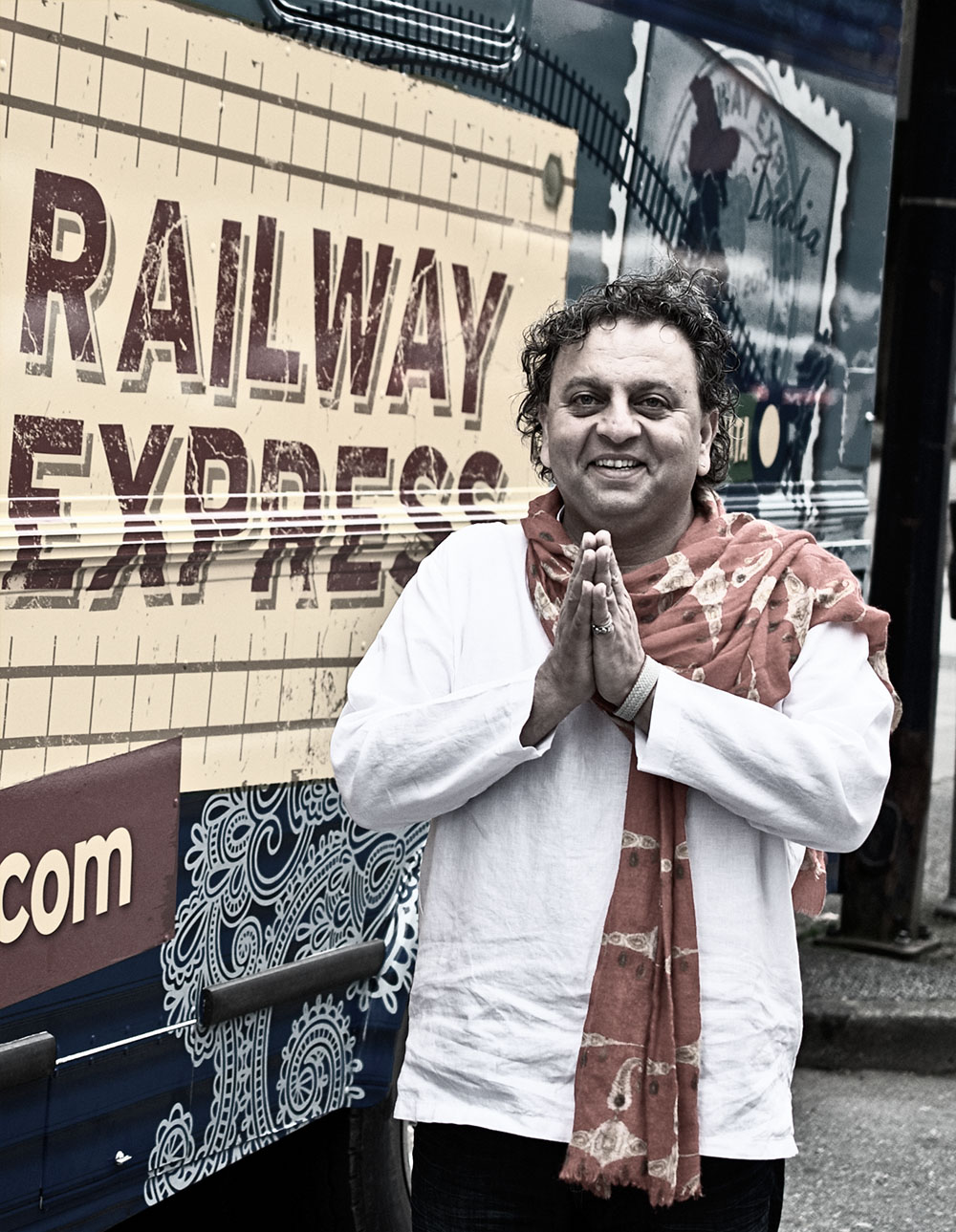Remarkably, there are still those who believe that you can’t pair wine with Indian food. And not just consumers, but respected wine industry professionals, including the three wine and food writers from New York with whom I had dinner at Vikram Vij’s My Shanti restaurant in South Surrey, BC.
Perhaps it’s because most Asian cuisines evolved in the absence of domestic wine cultures. Or, maybe the exotic, multi-faceted and distinctive flavours of spices such as cardamom, coriander and turmeric, unfamiliar to the European and North American palates when first introduced to these nations, have created a perception that they are beyond the realm of marrying with wine. Fear of failure (in achieving a decent pairing) results in taking the easy way out … beer.
Thankfully, opinions are changing (the New York wine writers were complete converts by the end of our dinner). The growing popularity of Indian cuisine in North America and Europe has helped. As has the emergence of a growing and evolving wine culture in India. India’s population of 1.2 billion encompasses a middle class of 500 million people and the top one percent of income earners possess an inordinate amount of wealth. Interest in wine is growing rapidly, which naturally leads to greater experimentation in marrying with the cuisine. Within 20 years, in my opinion, India will be the largest and most significant wine market in the world (but that’s a subject for a future column).
The individual most responsible in Canada for the increased acceptance of the marriage of wine with Indian cuisine may be Vancouver-based Chef Vikram Vij. Vij, a certified sommelier, immigrated to Canada in the late 1980s from India via culinary school in Austria. He worked at Bishops and Rain City Grill, two restaurants at which, as Vij states, “wine was always a focus.”

